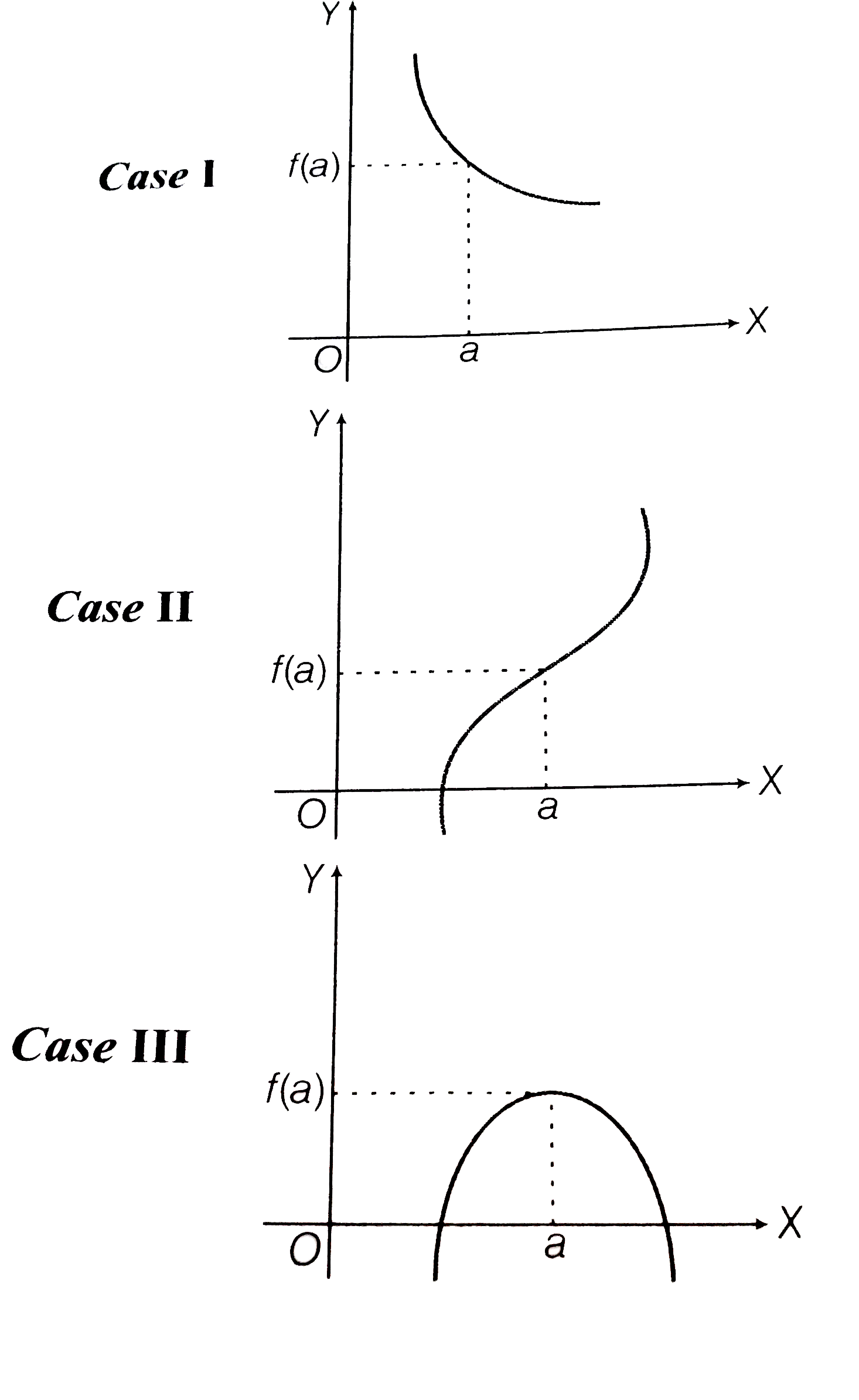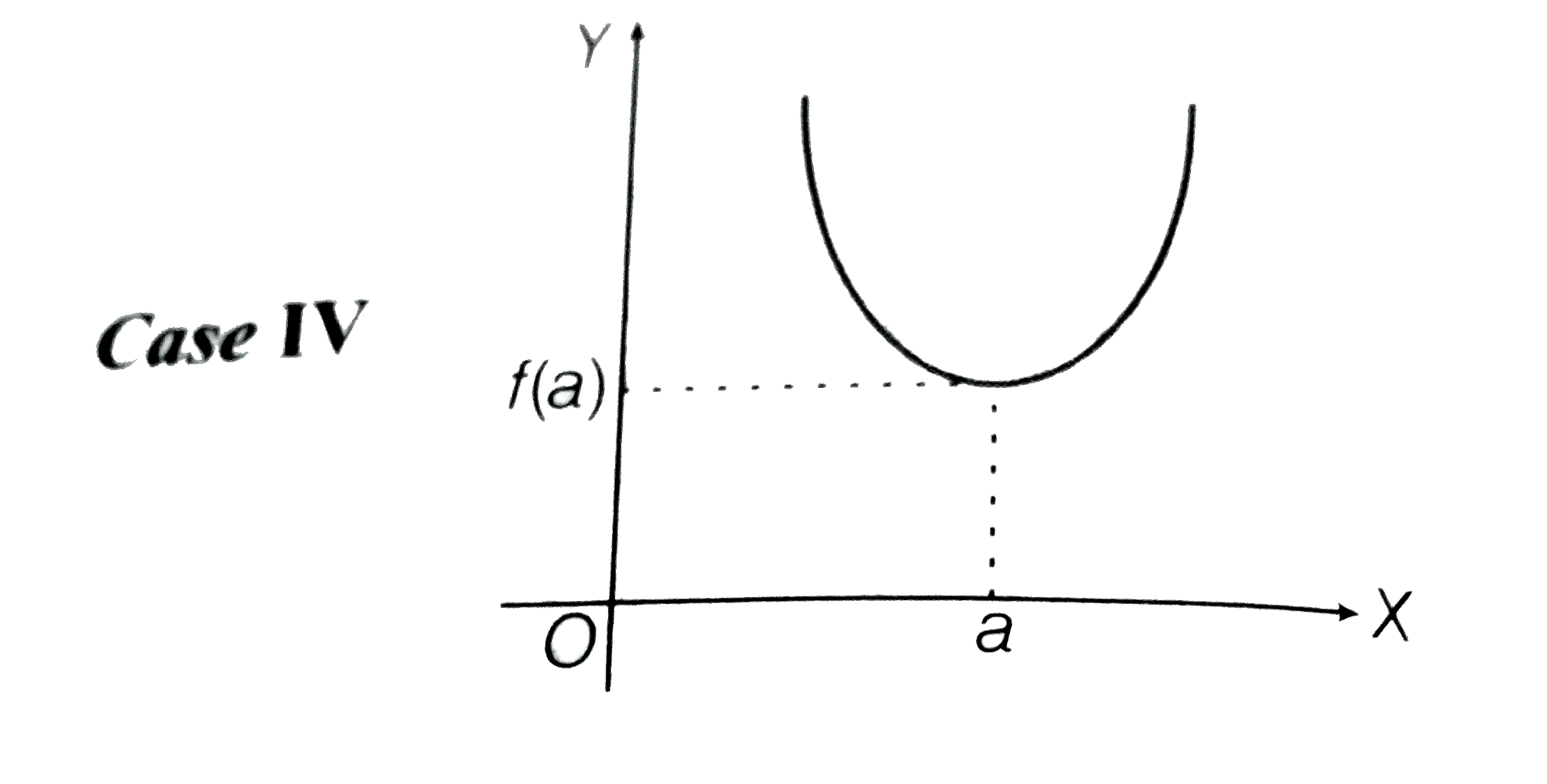∫2−1[[x]1+x2]dx, where [.] denotes the greatest integer function, is equal to Solution in Punjabi
The correct Answer is:A, B, D
Step by step video, text & image solution for int_(-1)^(2)[([x])/(1+x^(2))]dx, where [.] denotes the greatest integer function, is equal to by Maths experts to help you in doubts & scoring excellent marks in Class 12 exams.
Topper's Solved these Questions
- BOOK - ARIHANT MATHSCHAPTER - LIMITSEXERCISE - Exercise (More Than One Correct Option Type Questions)15videos
LIMITS
- BOOK - ARIHANT MATHSCHAPTER - LIMITSEXERCISE - Exercise (Passage Based Questions)10videos
LIMITS
- BOOK - ARIHANT MATHSCHAPTER - LIMITSEXERCISE - SOLVED EXAMPLES1videos
LIMITS
- BOOK - ARIHANT MATHSCHAPTER - INVERSE TRIGONOMETRIC FUNCTIONSEXERCISE - Exercise (Questions Asked In Previous 13 Years Exam)8videos
INVERSE TRIGONOMETRIC FUNCTIONS
- BOOK - ARIHANT MATHSCHAPTER - LOGARITHM AND THEIR PROPERTIESEXERCISE - Exercise (Questions Asked In Previous 13 Years Exam)4videos
LOGARITHM AND THEIR PROPERTIES
Similar Questions
If limx→∞4x(π4−tan−1(x+1x+2))=y2+4y+5 then y can be equal to
04:43View SolutionIf limx→af(x)=1 and limx→ag(x)=∞ then limx→a{f(x)}g(x)=elimx→a(f(x)−1)g(x)
limx→0(sinxx)sinxx−sinx is equal to04:35View SolutionTo evaluate limx→a[f(x)], we must analyse the f(x) in right hand neighbourhood as well as in left hand neighbourhood of x=a. E.g. In case of continuous function, we may come across followign cases.


Iff(a) is an integer, the limit will exist in Case III and Case IV but not in Case I and Case II. If f(a) is not an integer, the limit exists in all the cases. ltbgt If f'(1)=−3 and limx→1[f(x)−12] does not exist, (where [.] denotes the greatest integer function), then05:39View SolutionIf α=3sin−1(611andβ=3cos−1(49), where the inverse trigonometric functions take only the principal values, then the correct options (s) is (are)
02:47View SolutionIn Which quadrant Point (−2,−3) will be lie.
03:45View SolutionEvaluate: ∫5−5x2[x+12]dx(where[.] denotes the greatest integer function).
04:20View Solutionint_(-10)^(0)(1(2[x])/(3x-[x])/(2[x])/(3x-[x]))dx is equal to (where [*] denotes greatest integer function.) is equal to (where [*] denotes greatest integer function.)
09:19View SolutionThe value of int_(1)^(2)(x^([x^(2)])+[x^(2)]^(x))dx, where [.] denotes the greatest integer function,is equal to
05:16View SolutionThe value of int_(0)^([x])(2^(x))/(2^([x]))dx is equal to (where,[.] denotes the greatest integer function)
04:29View SolutionThe value of ∫20[x2−x+1]dx (where, [*] denotes the greatest integer function) is equal to
03:16View SolutionThe value of ∫3−1{|x−2|+[x]}dx, where [.] denotes the greatest integer function, is equal to
04:45View SolutionThe value of ∫π/2−π/2[cot−1x]dx (where ,[.] denotes greatest integer function) is equal to
08:14View SolutionThe value of ∫20[x2−x+1]dx (where , [.] denotes the greatest integer function ) is equal to
03:52View Solution∫10π1([sec−1x]+[cot−1x])dx, where [.] denotes the greatest integer function, is equal to:
05:01View SolutionThe value of ∫1−2[x[1+cos(πx2)]+1]dx, where [.] denotes greatest integer function is
03:46View SolutionThe value of ∫3−1{|x−2|+[x]}dx, where [.] denotes the greatest integer function, is equal to
07:07View Solution

